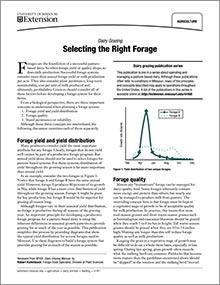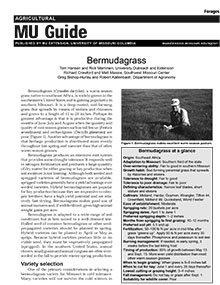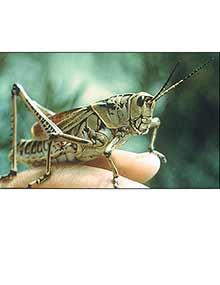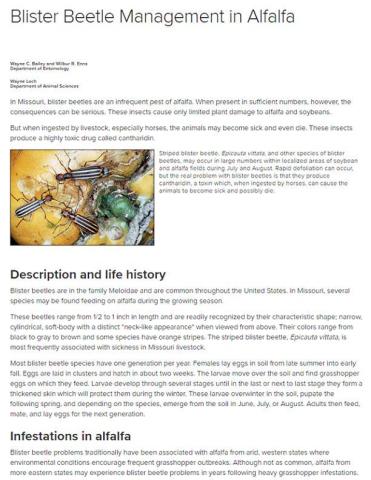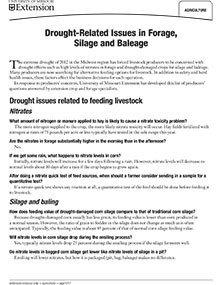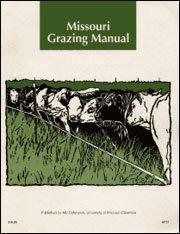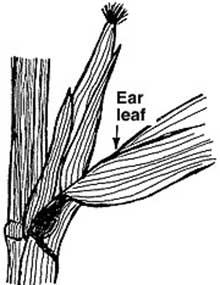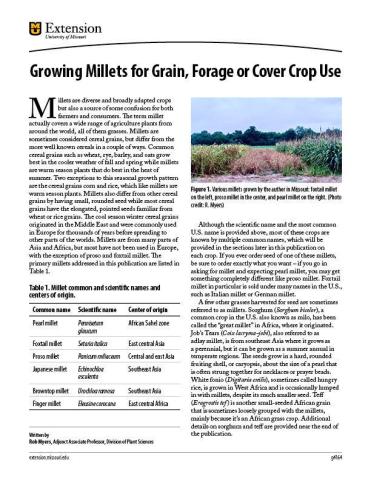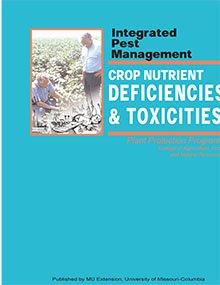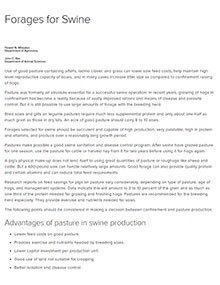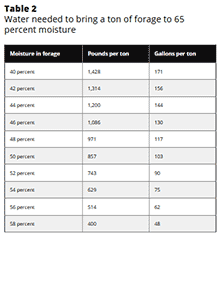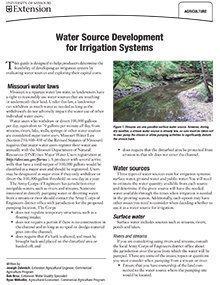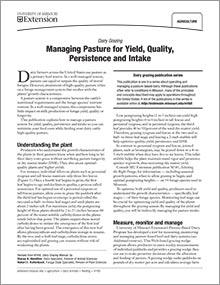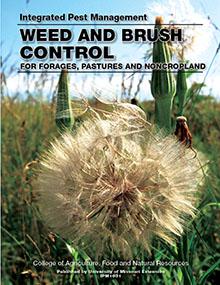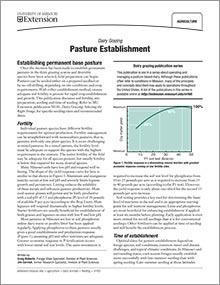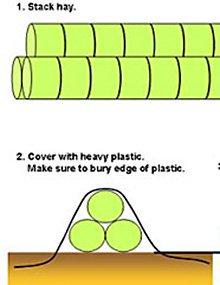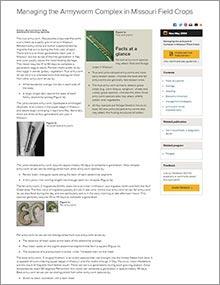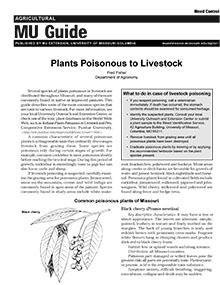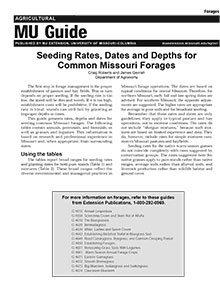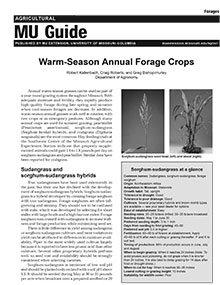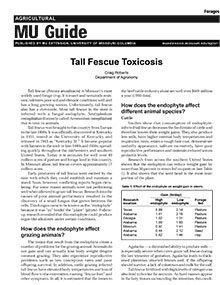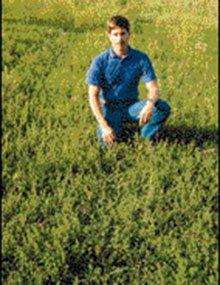The following publications cover topics related to Forages. For a complete list of MU Extension publications, visit the main Publications page.
Dairy Grazing: Selecting the Right Forage
Reviewed
Dairy grazing publication series
This publication is one in a series about operating and managing a pasture-based dairy. Although these publications often refer to conditions in Missouri, many of the principles and concepts described may apply to operations throughout the United States.
Bermudagrass
Reviewed
Bermudagrass makes excellent warm-season pasture and is gaining popularity in Missouri. Visit our website today to learn more.
Grasshopper Control in Missouri Forage Crops and Pastures
Revised
Protect forage crops and pastures from grasshopper damage with early detection and control strategies tailored for Missouri's conditions.
Blister Beetle Management in Alfalfa
Revised
Blister beetles in alfalfa pose a serious risk to livestock due to cantharidin toxicity, especially during summer harvests. Learn how to manage infestations.
Drought-Related Issues in Forage, Silage and Baleage
Revised
Get answers to questions about how to feed livestock during drought. Read about nitrate toxicity, corn silage and baleage, forage grazing and feeding hay.
Pricing Corn Silage
Revised
Learn how to price corn silage whether it's in the field or delivered to storage or the feed bunk, and see how drought can damage a corn silage crop.
Reducing Losses When Feeding Hay to Beef Cattle
Reviewed
Feeding hay to cattle is expensive, mostly due to waste. Learn good management practices to minimize the losses that occur due to poor storage methods, improper feeding methods, or both.
Missouri Grazing Manual
Reviewed $20
Learn how soil, forages and animals interact in grazing systems, and get ideas for improving pasture quality and extending the grazing season for beef or dairy.
Sampling Plant Tissue and Soil for Analysis
Revised
This publication provides guidance on proper techniques for sampling plant tissue and soil to ensure accurate nutrient analysis.
Crop Nutrient Deficiencies and Toxicities
Reviewed
Editor's note
The following abstract describes a publication that is only available as a downloadable PDF.
Forages for Swine
Reviewed
It is still possible to use large amounts of forage with the breeding herd. Visit our site to learn about using Forages for Swine.
Wheat Silage for Beef Cattle
Reviewed
Learn how to effectively use wheat silage for beef cattle, including optimal harvest timing and moisture levels for improved feed quality.
Water Source Development for Irrigation Systems
Revised
This guide helps producers assess irrigation feasibility by evaluating water sources, legal considerations, and estimating storage needs.
Dairy Grazing: Managing Pasture for Yield, Quality, Persistence and Intake
New
Guidance on managing dairy pastures to optimize yield, quality, persistence, and intake while minimizing feed costs.
Weed and Brush Control for Forages, Pastures and Noncropland
New $41
Annual broadleaf and grass weeds can become a serious problem in pastures and forages. Learn about forage crop, soil and weed problems in Missouri. See color photos of weeds at different stages and select herbicides with the help of tables in this manual.
Dairy Grazing: Pasture Establishment
New
Establishing permanent pastures for dairy grazing involves selecting appropriate forage species, ensuring soil fertility, and choosing optimal seeding times
Managing the Armyworm Complex in Missouri Field Crops
New
Learn to identify and manage true, yellowstriped, beet, and fall armyworms in Missouri field crops, including corn, wheat, and pastures
Plants Poisonous to Livestock
Reviewed
Guide to identifying common Missouri plants toxic to livestock, including symptoms and habitats.
Seeding Rates, Dates and Depths for Common Missouri Forages
Reviewed
Visit our site for our resource on Seeding Rates, Dates and Depths for Common Missouri Forages.
Warm-Season Annual Forage Crops
Revised
Annual warm-season grasses can be used as part of a year-round grazing system in Missouri. Visit our site to learn about Warm-Season Annual Forage Crops.

Managing Manure on Alfalfa Hay
New
Optimize alfalfa hay production by applying manure to enhance phosphorus and potassium levels, improve yields, and manage soil fertility effectively.
Tall Fescue Toxicosis
New
Tall fescue is Missouri's most widely used forage crop. Visit our site to learn about Tall Fescue Toxicosis.
Annual Lespedeza
Reviewed
Annual lespedeza is an acid-tolerant, drought-resistant, summer annual legume useful for pasture, hay & soil improvement. Visit our website to learn more.
